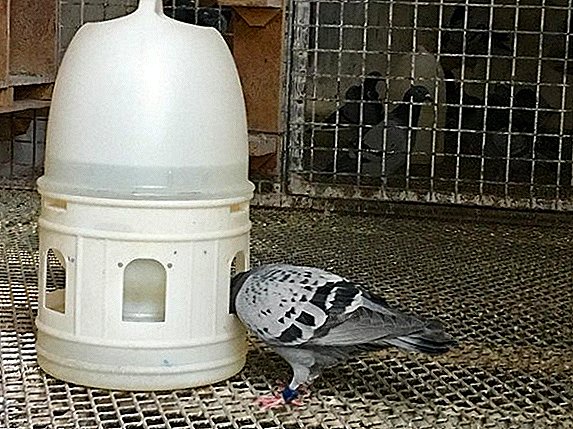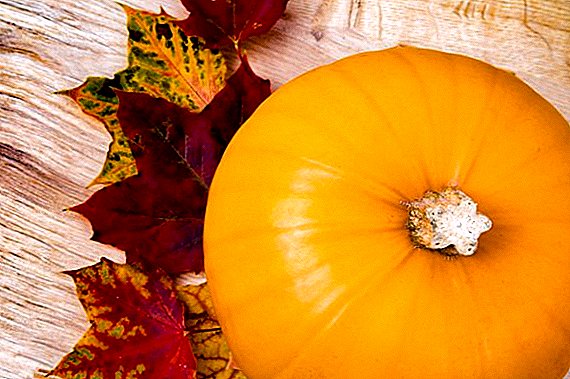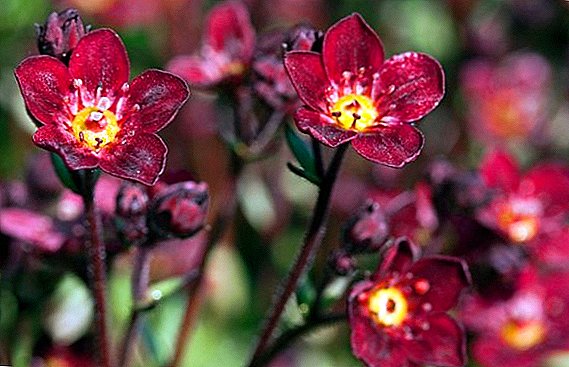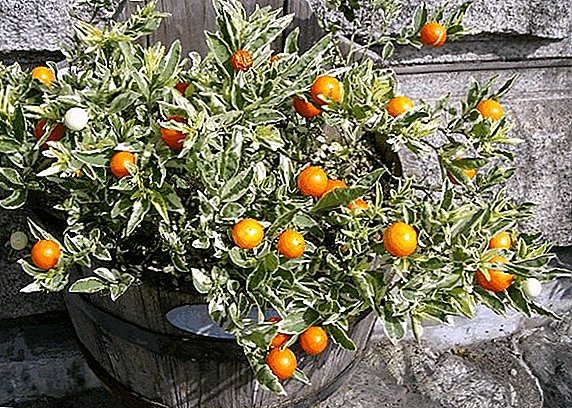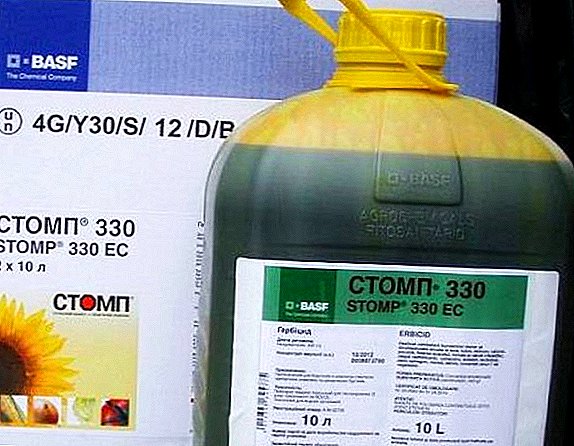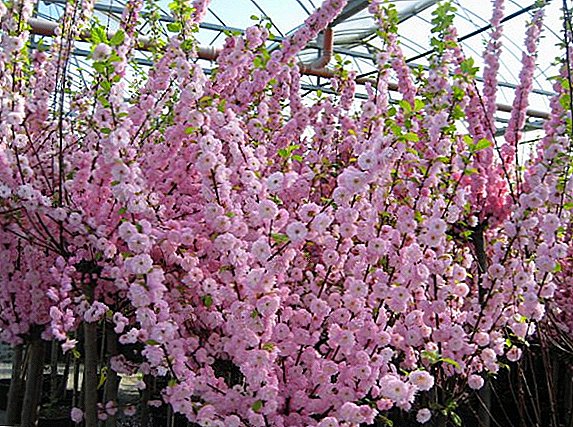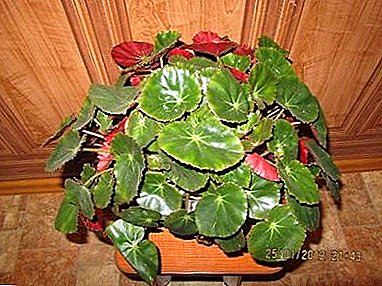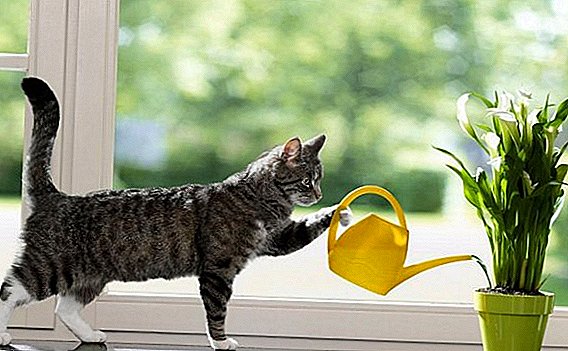 Sometimes a seemingly insignificant problem can arise that can create certain difficulties and slightly spoil the mood for such a long-awaited and desired vacation. It is about watering flowers and other household plants during your absence. For people who are not interested in floristics, this circumstance does not seem worthy of attention, but for amateur growers who put their whole soul into the plants, this can be a big problem — our article for them.
Sometimes a seemingly insignificant problem can arise that can create certain difficulties and slightly spoil the mood for such a long-awaited and desired vacation. It is about watering flowers and other household plants during your absence. For people who are not interested in floristics, this circumstance does not seem worthy of attention, but for amateur growers who put their whole soul into the plants, this can be a big problem — our article for them.
Training
Before you leave, you should conduct a series of procedures that will help to significantly reduce the need for watering plants during your absence:
- Do not feed the flowers later than two weeks before your departure. Water after fertilizing need flowers for better absorption of minerals.
- Before leaving, cut flowers, buds and leaves (not all, but so that the green mass is noticeably reduced, but without prejudice to the decorative appearance). A large amount of greens contributes to the rapid evaporation of moisture.
- Look at each plant for diseases and pests - if you find a problem, take action.
- Put the flowers in the shaded part of the room, away from the windows. Lower illumination and, accordingly, air temperature contribute to less evaporation.
- Collect all your plants in a compact group by sliding the pots. In this way you will create a microclimate with high humidity.
- Before leaving, water all the flowers with a little more water than you normally do (but do not pour), it is recommended to apply the immersion method to individual plants.
- An excellent solution would be to overlap the pots with wet moss.
Learn how to water cactus, ficus, cyclamen, orchids, aloe.

Important! Plants in ceramic pots require more frequent watering than the same in plastic ones.
Holiday watering methods
There are enough ways to water the plants in the absence of the owners. Many different adaptations of industrial production are represented on the market. But, having taken this or that method as a basis, you can make a quite effective device on your own, which will replace you for the holidays.
Wicky watering
Wicky method Excellent for some plants (for example, violets) as a permanent method of watering. The essence of it is this: before planting, a wick is put on the bottom of the pot, folding it in the form of a spiral. The end of its output in the drainage hole, and from there - in a container of water.
In our case, we can resort to a slightly modified method: on the surface of the soil around the flower we place several wick rings in a spiral, sprinkle it with soil on top. The free end is dropped into a container with water located above the level of the plant. Pay attention to the neck of the tank: if you leave for a long time, and the neck is wide, the water may evaporate.
Learn how to properly care for, feed, fight chlorosis, shields, midges, powdery mildew on houseplants.

Watering from the funnel
There are cones (funnels) made of ceramics - such gadgets are sold both with and without liquid reservoirs. Water in this case comes from a separate tank.
The tip of the funnel is made of a special material based on clay, which releases water depending on the moisture content of the substrate, where it is inserted.
Depending on the height of the position of the tank with liquid in relation to the pot with a plant, the rate of water supply varies.
Did you know? Chlorophytum cleans the air in the room, harmonizes the general aura. However, this plant has a negative biofield - make sure that the flower is not located near the bed. But he will feel great in the kitchen: chlorophytum is able to absorb up to 70% carbon monoxide.

Watering through the drainage holes
The method consists in the following:
- It is necessary to water the plants well, then put them in a wide container, for example, a basin.
- At the bottom of the tank you need to pour water for 2-3 cm and pour a layer of expanded clay (10-14 cm, pour it well) around the flower pots.
- The containers should be without supports, so in order to avoid freezing of the root system, make sure that the pots are on a layer of expanded clay, not touching the water directly.
Keep in mind: there are certain risks in using this method - even if there are pests on one flower, they can strike other plants.
Find out which indoor plants are the most beautiful, the most useful, the most unpretentious, shade-tolerant, popular indoor trees.Especially good way for flowers in clay pots and ceramics. In order for it to show the greatest efficiency, the soil in colors should be covered with a layer of moss. In this case, the plant can freely, without any shocks, move up to three weeks without owners. You can also supplement this method with drip or wick irrigation.
There is also a capillary mat for watering through the pan. This is a hygroscopic mat made of a special material that is placed on a layer of garden film, its edge is lowered into a container with water, and pots with plants are put on it, of course, without pallets. 
Important! Do not purchase capillary geotextiles for domestic use: it is made from recycled waste and is intended for industrial use.
Drip irrigation
There are a large number of varieties of this method, below we will talk about the most simple, but quite effective and popular:
- Make a hole in the cork of a plastic bottle, fill the bottle with water and hang it with a cork down. It is necessary to calculate so that water drops from a height of 6-8 cm with a frequency of 1 drop in 20-30 seconds. This should be done in advance so that the system is ready and adjusted to your departure.
- You can stick a bottle with a stopper with holes in the ground. This method requires careful adjustment. If you are going to resort to it, experiment in advance with the diameter of the hole and, accordingly, the speed of water supply. Try to measure (by the amount of water left from the bottle), how much moisture the plant received in 1, 2, 3 days, and whether the soil is sufficiently wet.
- A more complex system can be made with the help of droppers: one end of the dropper is placed in a container located above the plant’s level, and the other (needle) is next to the plant. The advantage of this method is that you can regulate the flow of moisture.
- The method is similar to the previous one, but instead of droppers, natural threads or strips of fabric are used. To adjust the flow of moisture in this case is not possible, but it is believed that the plant itself takes the amount of water it needs.
Use of hydrogel
The hydrogel is a polymeric substance that absorbs water in quantities many times higher than its own weight. The data is different, but in different sources the proportion of the gel weight to the mass of absorbed moisture is from 1: 100 to 1: 250. This substance absorbs water, and then gradually released from it, giving flowers.
The hydrogel is available in the form of granules. The market also presents products with fertilizer in the composition. Their manufacturers claim that the effective service life of these granules is 35-50 months.
Before you leave your plants unattended, put the hydrogel in water for 8 hours. After that, put the swollen gel on the soil and cover with moss. In that case, if the roots of the plant do not come to the surface, you can lift the top three-centimeter layer of soil and put the substance under it.
Did you know? The popularity of geranium is due to its pronounced antibacterial properties. Virtually all anaerobic bacteria (streptococci, staphylococci) are afraid of this flower, just as mosquitoes and flies in summer time. It is widely used in medicine - not only folk, but also traditional.

Alternative methods
Of course, do not forget about such options: carry flowers to friends during your absence, or ask someone to come in for watering. Here circumstances may arise when the person to whom you entrusted the care of your flora, wants to play it safe and flood the plants. Not everyone understands that sometimes an excess of moisture is worse than its lack. You should explain this in detail to a potential assistant, but do not overdo it so as not to frighten a person with responsibility.
Learn how to grow junkus, rapis, gloriosa, xanthosoma, aukubu, ginuru, gemantus, cypress, heather, fatsiyu, boxwood, lemon, laurel, orange, cordilina, adenium, perperomy, cryptomeria.You can try to find someone who is professionally engaged in caring for flowers, for example, via the Internet: there are enough offers in this segment of the service sector. And you can try to negotiate with someone from the familiar people not on a monetary basis, but in exchange for a return service - to look after the flowers during their vacation.
Video: watering the flowers during the holidays We reviewed the basic techniques and methods to allow watering your flower garden during the holidays. If you decide to make the device yourself, once again we remind you that it is better to test and configure it in advance. If you want to invite a person from the outside for a responsible procedure, you should consider the safety of this method once again.
The plant is installed in a bowl on a stand 5-10 cm high, in this case, the excess water will flow to the bottom of the basin. The tape (wick) should be used for no more than 3-4 weeks, salinization (pollution) of the pores (fibers) of the fabric occurs.
This is a method of watering large plants. With small plants it is even easier, water is poured into a basin or a large pot (tank)., The container is placed on an elevation. Plants are placed around and a wick is fed to each.

I take plastic bottles of different volume, fill it with water, make a hole in the cork. The bottle is strengthened upside down, that is, the neck with a twisted cork in the ground. Only the size of the hole needs to be adjusted. I heard that instead of a cork with a hole, someone was plugging the neck of the bottle with a rag.
Enough for 2 weeks for not too fastidious. Those who require more abundant watering (tsiperus, for example) have to give someone for a while.
Another hydrogel. We take a dry, soak it, take out the top layer of the earth and intervene there hydrogel. The surface of the earth is covered with pebbles, expanded clay, sphagnum, etc.

The auto-watering was: spathiphyllum, arrowroot, calathea, cypress, shefflera, chlorophytum, adiantum, tillandia, Novogvinean balsam, chislitz, 2 syngonium, anthurium, gardenia, stefanotis, ivy, sincaptus, ficus retuza.



